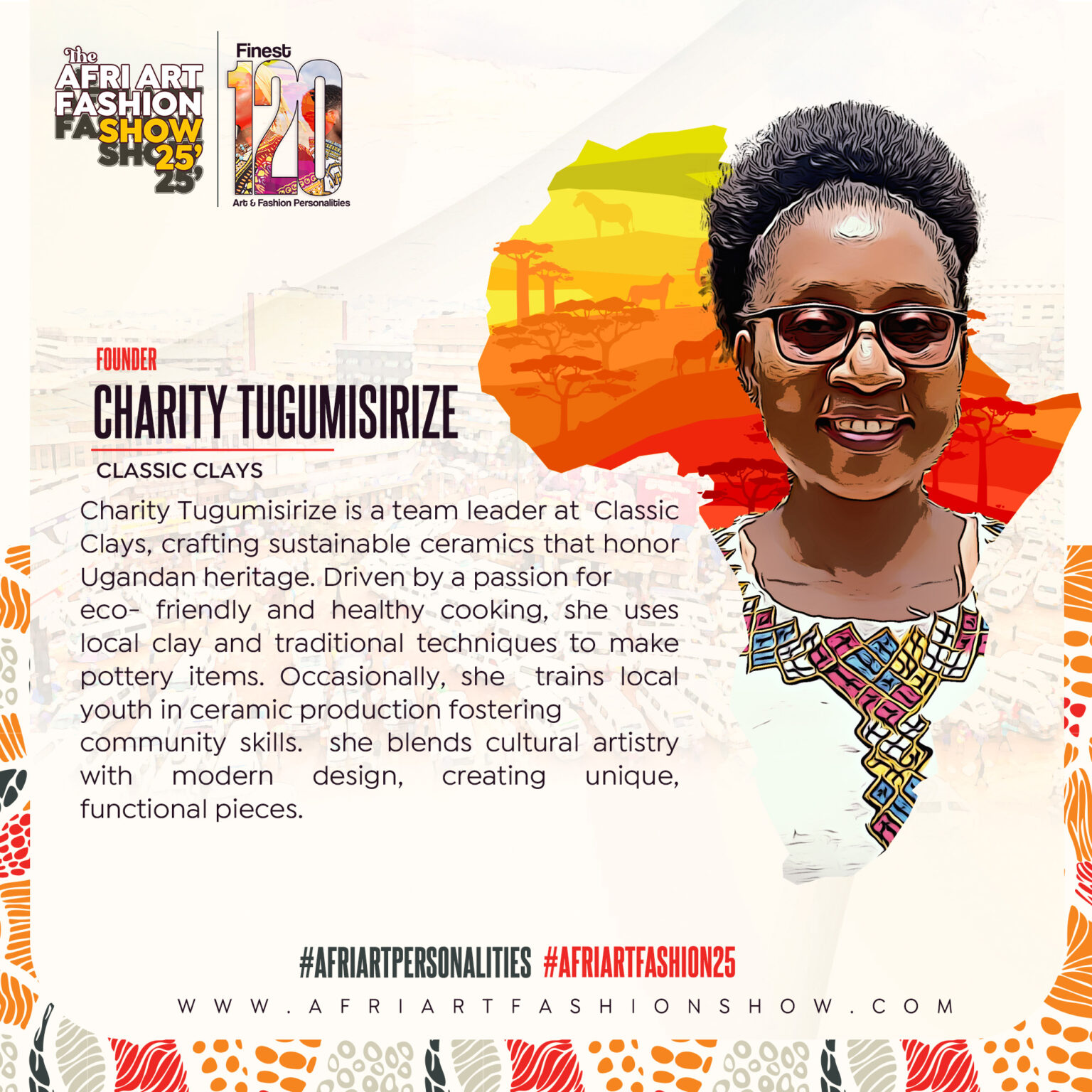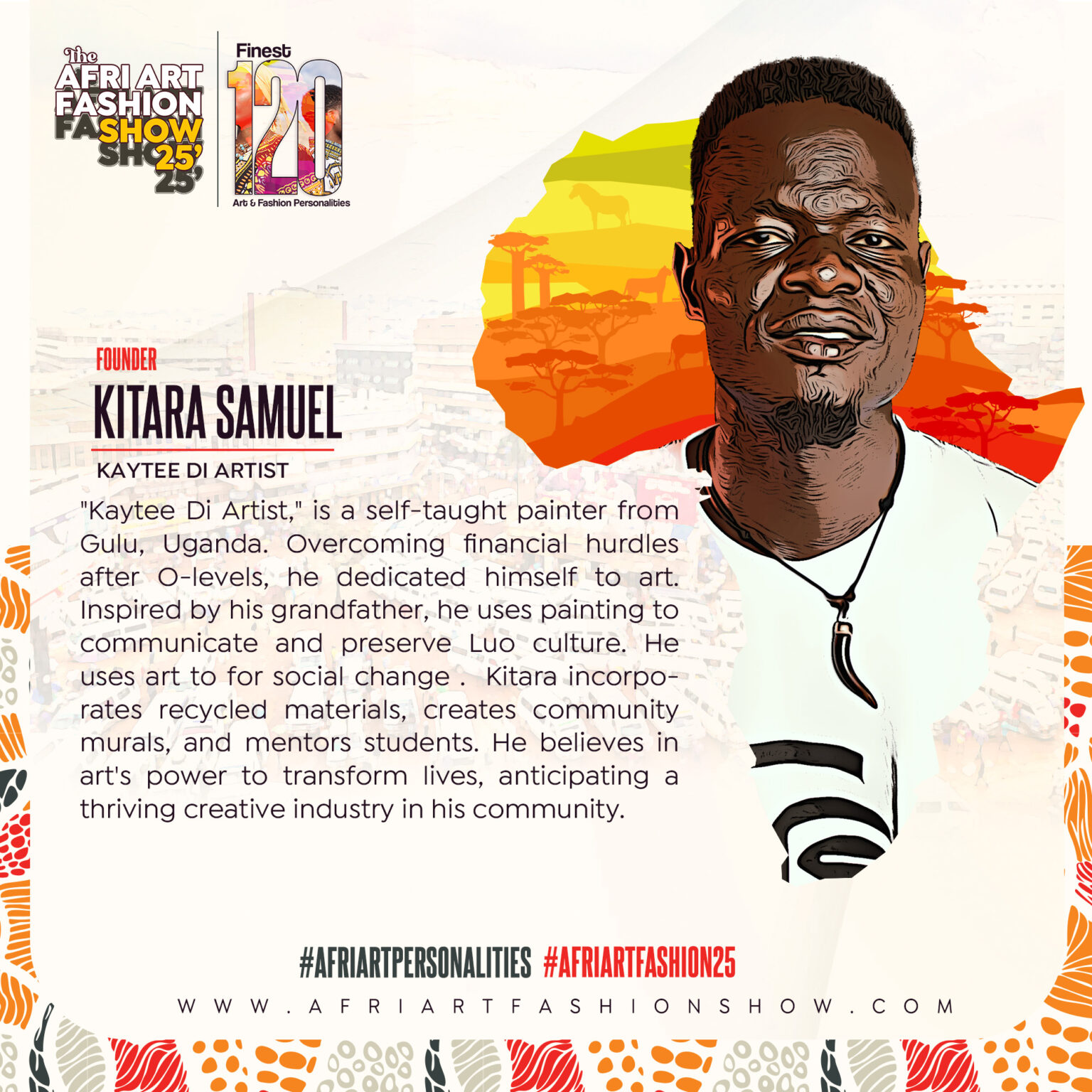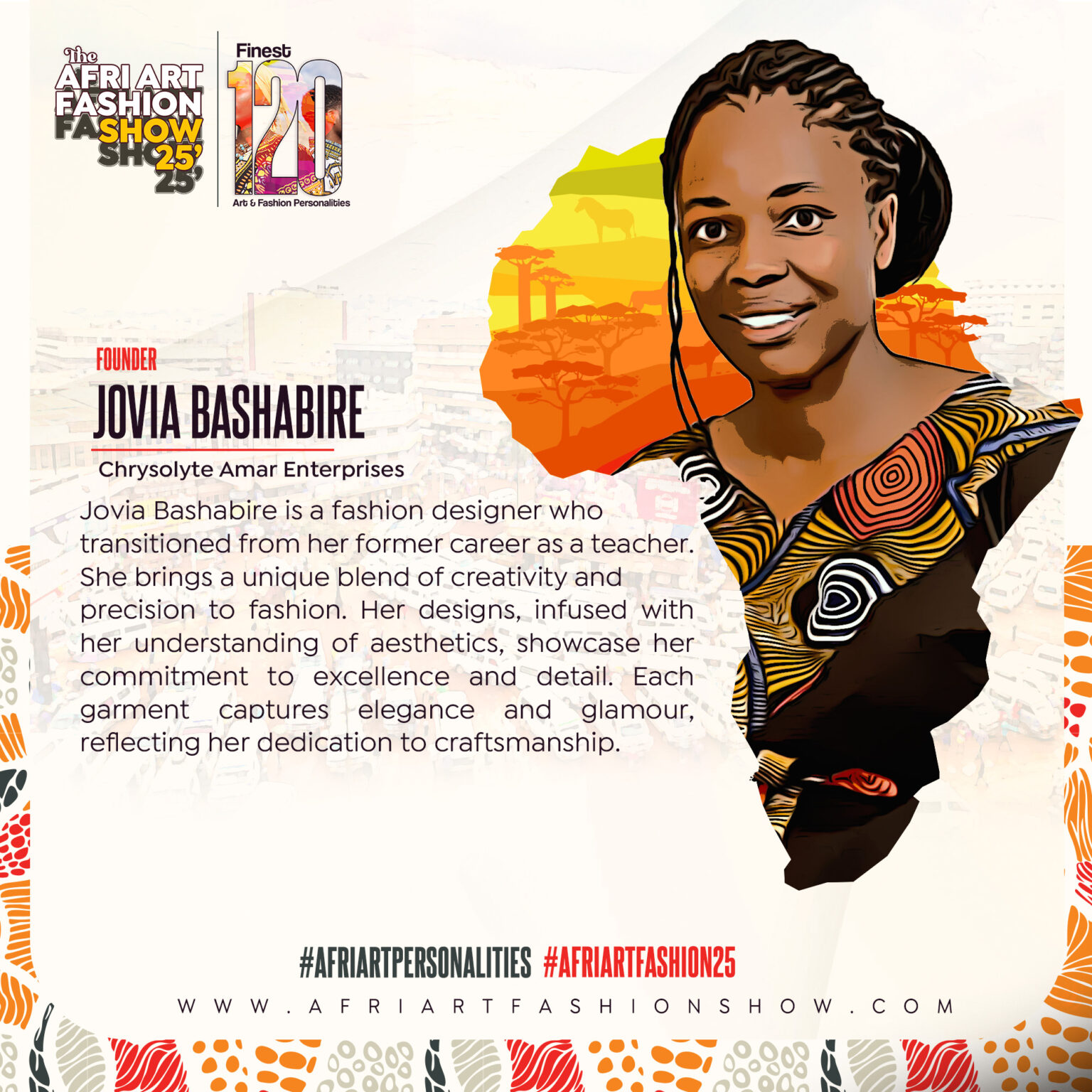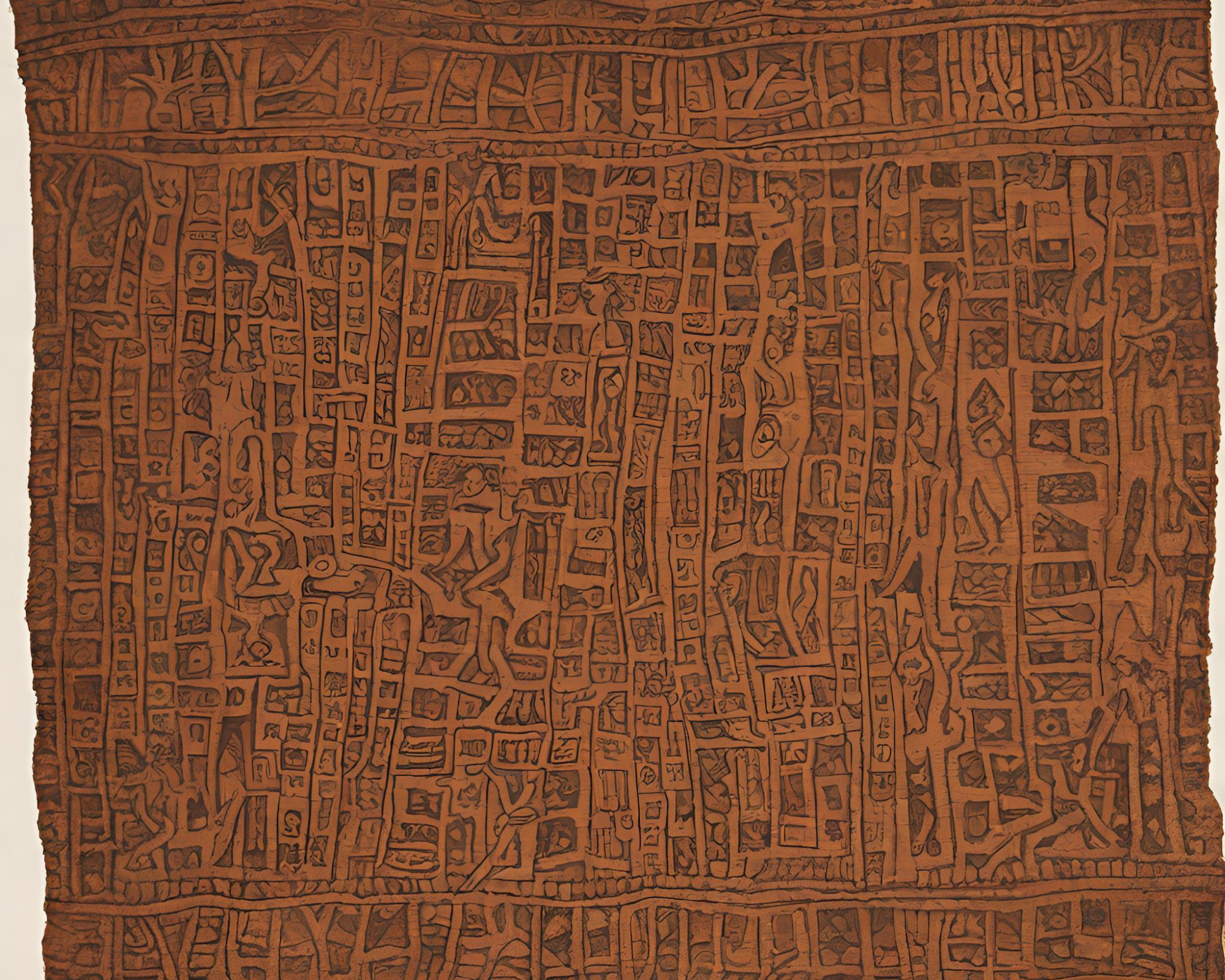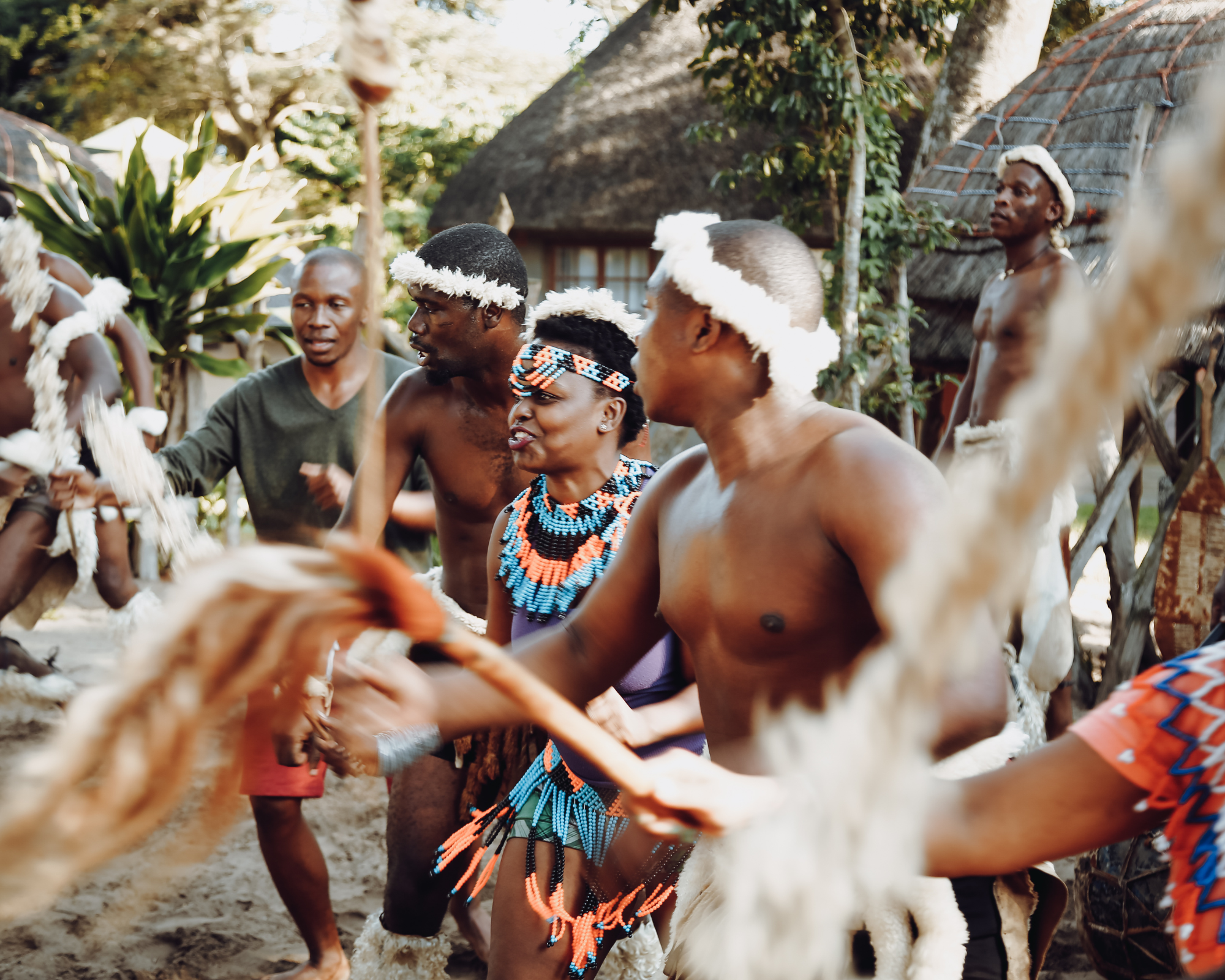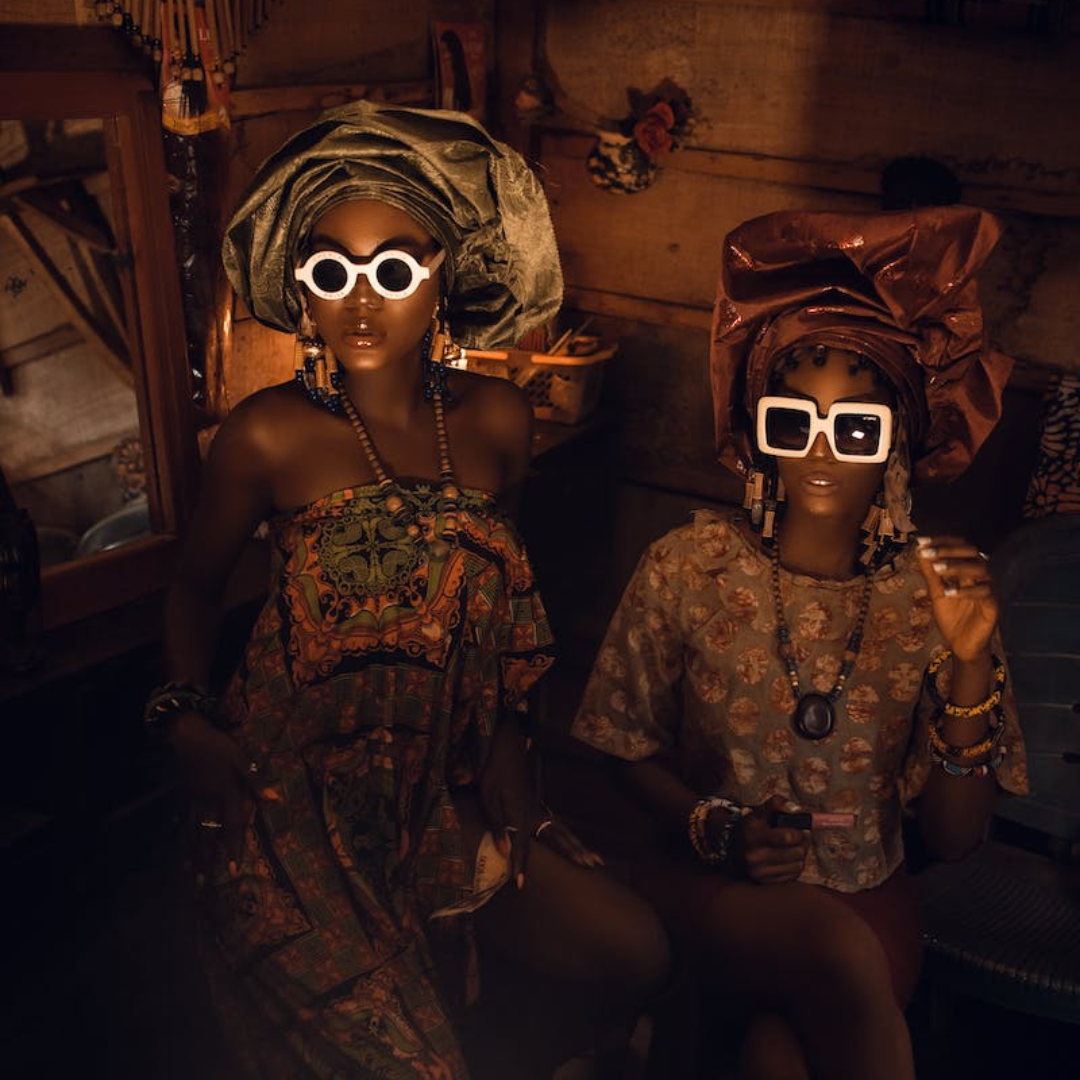Let’s go back to the roots, shall we? Centuries ago, the Buganda people of Uganda unlocked an innovation that would today be one of the most important solutions to global warming. They discovered bark cloth, a fabric made from the bark of a tree. They found a renewable way to benefit from nature without harming or destroying it. The solution we need to save nature might be in nature, for it always finds a way to rejuvenate itself, but only if we just listen.
The Story of the Bark Cloth
Sonko Lule has to go on another hunting trip. He has everything in place, but first, he needs to get new ropes. Today, he decided to try something different from his usual. After exploring for a while, he stumbles on the Mutuba tree. He thought to try this one out; perhaps he’d make stronger ropes out of it. As he beats this particular tree, he notices that it expands. The more he beats, the larger it becomes. Out of curiosity mixed with euphoria and excitement at the discovery of something new (which could be), he decides to get more wood. And this was how the bark cloth was born. He found a goldmine, and he became a fabric maker. Generations down the line, many families in Uganda operate a family business of bark textile production.
The Making
Although the Mutuba tree is the most known that the Buganda tribe uses for fabric, there are two other trees that produce suitable material for the production. They also harvest the bark of Kilundu and Mukokowe. The process can be a little stressful; it takes a lot of hitting and beating, but the muscles adapt over time.
- Safe and Careful Harvest
Every year, during the wet season, the bark of these trees is harvested in a way that leaves room for more harvest the next year. The layer is carefully cut out, and the tree is wrapped with leaves to protect it. It feels like a form of written agreement: “You protect us, and we protect you”. The trees can produce bark for about fifty years and live longer than that.
- Boiling
After harvest, the bark is quickly taken indoors to prevent the moisture from drying out. It is then boiled for about 15 minutes to achieve a smoother and softer texture.
- The Beating
When the boiling is done, the sheet is repeatedly beaten with a wooden garment called an omukomago. The beating goes on till the sheet is stretched to its limit, the excess moisture is squeezed out, and the fabric is put out to dry. Some craftsmen dye the finished result in clay to make it black; the fabric could be dyed into other colours. Stay up to date on the newest in the world of Fashion, Arts, Beauty and Lifestyle; Follow FAB on socials.
Cultural Significance
Before the market became saturated with options for textiles such as cotton and other fabrics, bark cloth was the norm. For the indigenous people of Uganda, it is associated with death and burial. The dead are buried wrapped in the fabric to help their passage to the afterlife. This was so much that it became less regarded as a proper fabric. Apart from this, the fabric is worn for ritual events, cultural ceremonies, and celebrations. Tour the World of African Prints.
Revival
There has been an awakening. UNESCO declared the bark cloth an intangible cultural heritage. Every day, the country, people, designers, and creatives all over the world learn about this classic gem. Creatives are going wild with it both in the art and fashion sectors. It’s indeed a masterpiece of cloth-making that has lived through generations.
Embracing bark clothing is a huge step towards more sustainable practices; this would mean the cultivation of more trees and increased activity in the sector of agriculture. The solution we need to save nature might be in nature, for it always finds a way to rejuvenate itself, but only if we just listen. Discover more from Africa’s Fashion History.
